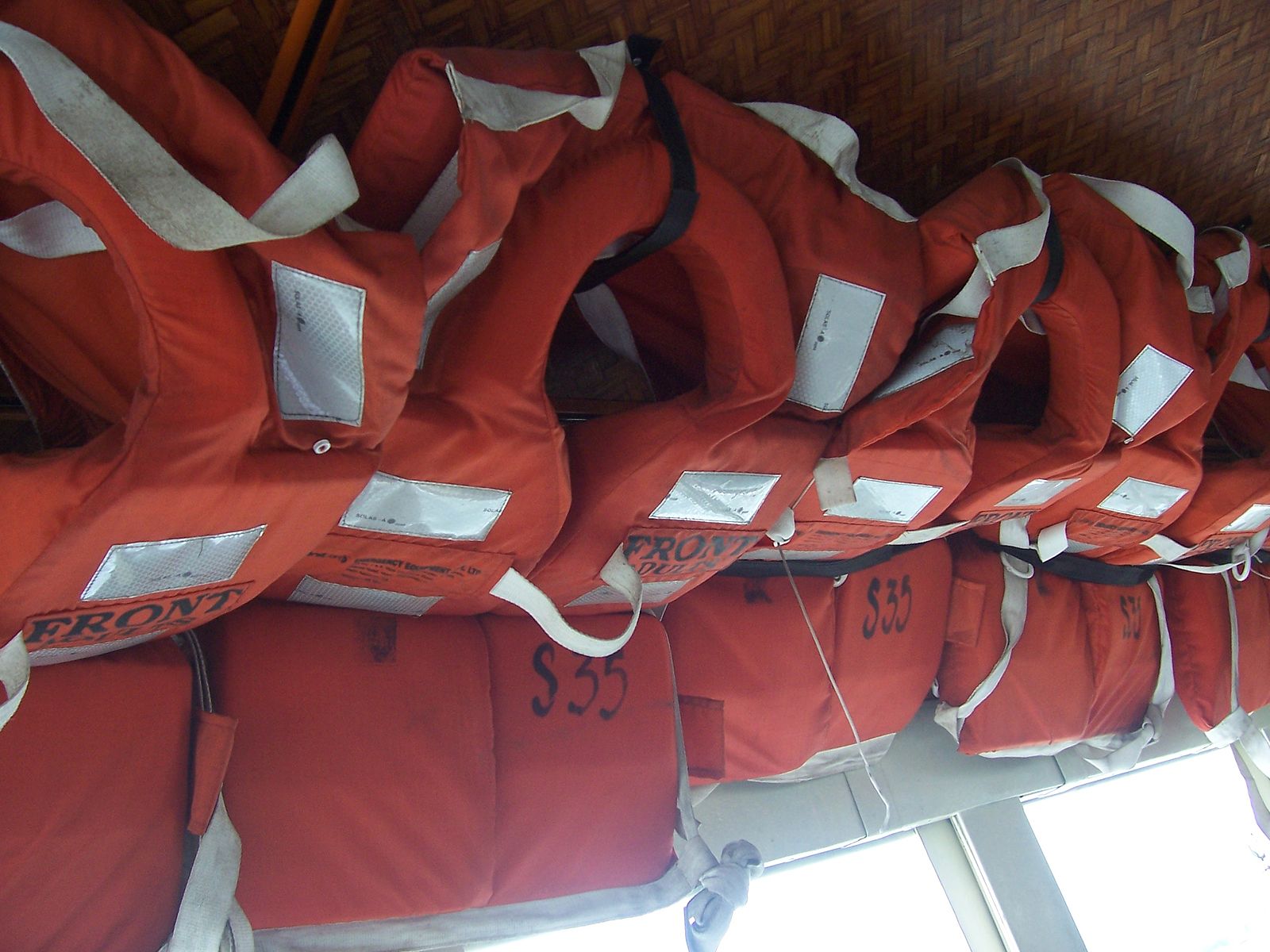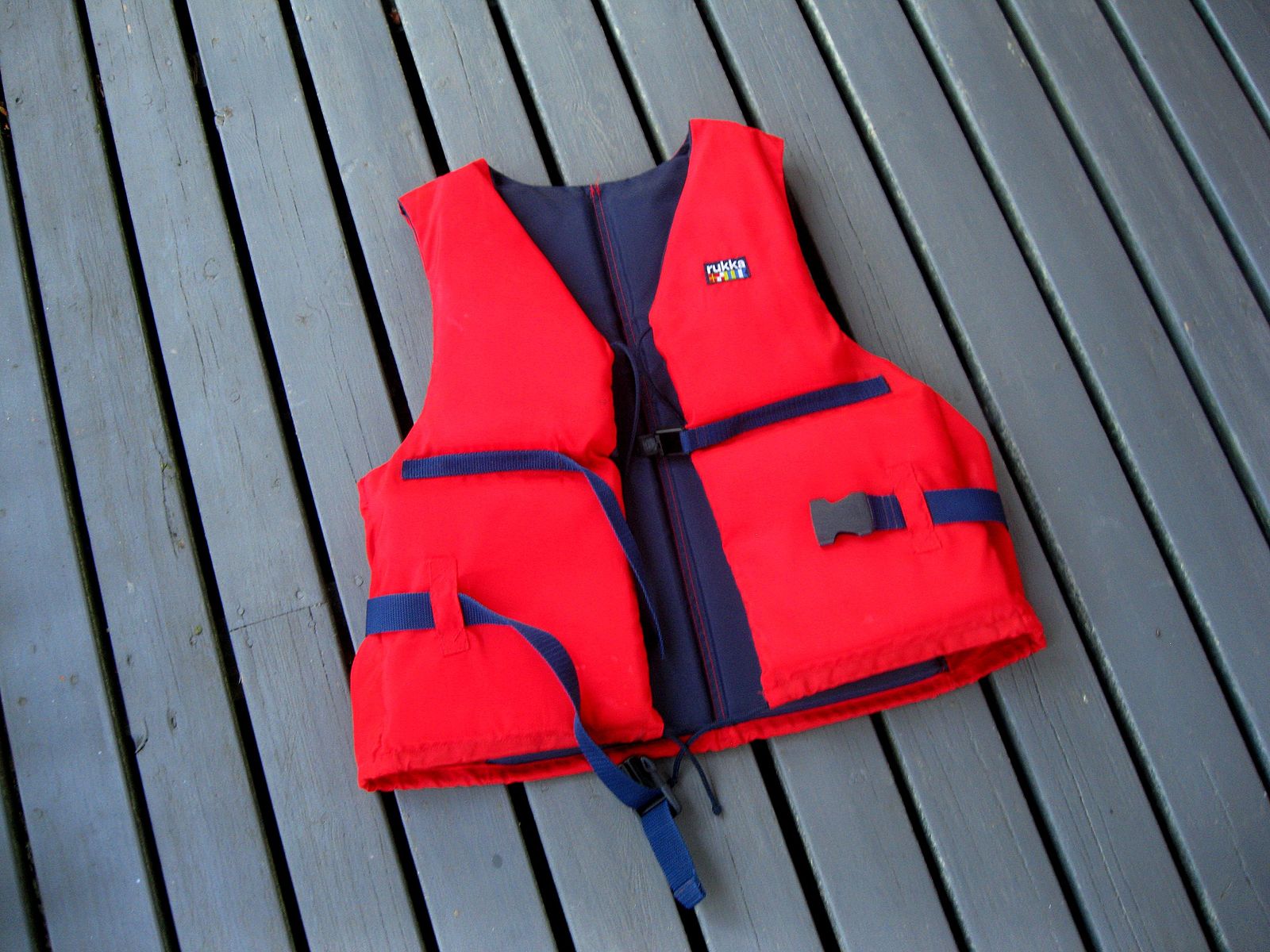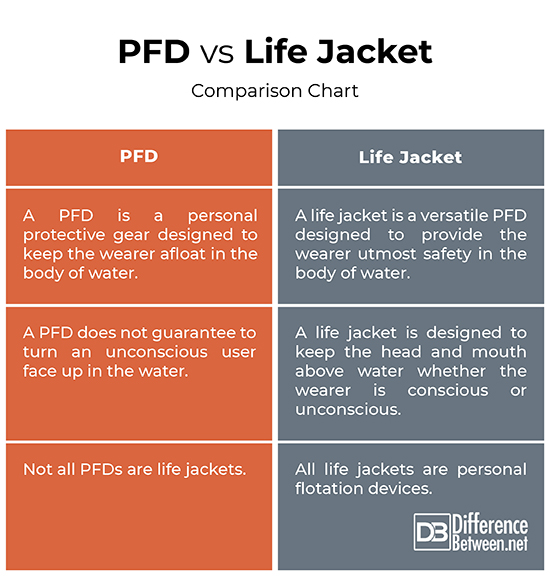Difference Between PFD and Life Jacket
Life jacket, life vest, ski vest – they are all common names for personal flotation devices, or PFDs. They work, as their names imply, to keep the wearer safe and afloat in the water should they somehow accidentally end up in the water or during some water sports event. The idea is to keep the wearer alive and although, the two might sound the same, but there are quite a few differences between a life jacket and a personal flotation device. Let’s take a look.

What is Personal Flotation Device (PFD)?
A PFD, short for personal flotation device, also referred to as a life vest or a life jacket, is a personal safety or protective equipment that is designed to save your life in a body of water in case a water sports event go wrong and you end up in the water. It is a device that aids in flotation and gives the wearer more buoyancy to help stay afloat in water. It is probably the most essential piece of equipment for a kayaker, canoer or a stand up paddle boarder or any water sports enthusiast should something go wrong – the device keeps them safe by keeping their head and moth above the surface of water. It is like a vest that is fastened to the wearer and does not require to be actively held onto, ultimately keeping the wearer from getting immersed in the water.

What is a Life Jacket?
A life jacket is a kind of personal flotation device that does the same job as a PFD – that is to keep the wearer afloat. Primarily, a life jacket keeps you from drowning and to do this, its buoyancy must support the body’s 10 to 12-pound weight when submerged. It’s a personal safety gear in the form of an inflatable jacket or a sleeveless buoyant that supports the wearer in the deep body of water and prevents him/her from drowning. Life jackets are mandatory on offshore rigs, in which case they consist of a pair of air cells that inflate when carbon dioxide releases from a gas canister – one for each cell. A life jacket comes in a basic type of vest that covers the wearer back and chest, and is attached at the front by zippers or ties.
Difference between PFD and Life Jacket
Equipment Type
– A life jacket is a type of personal flotation device, but a PFD is not necessarily a life jacket. Both are personal protective equipment designed to keep the wearer afloat in the water during a variety of recreational activities and both are buoyancy aids suitable for use on those occasions when you expect to go in the water and need to be able to swim easily. However, PFDs do not necessarily offer the same level of protection as a life jacket does for staying afloat.
Purpose
– A PFD is a broad term used to refer to any protective gear that aids in flotation, while life jacket is more like a public term mostly preferred when talking to the general public regarding wearable PFDs. While the both are often used interchangeably, there are subtle differences between the two. Life jackets are more versatile piece of safety gear with a large collar designed to keep the head and mouth above water whether the wearer is conscious or unconscious. A PFD, on the other hand, does not guarantee to turn an unconscious user face up in the body of water.
PFD vs. Life Jacket: Comparison Chart

Summary
In a nutshell, all life jackets are PFDs, but not all PFDs are life jackets. While both life jackets and PFDs are designed to keep the wearer afloat in a body of water should something go wrong, life jackets are a more versatile piece of protective equipment that are able to turn the wearer face up in the water even if he/she is unconscious. A personal flotation device does not have enough buoyancy to automatically turn the wearer and help him breather. Besides, it is highly recommended that a life jacket or a PFD should be worn at all times when afloat unless it’s safe to take them off.
What is the safest use of a life jacket or PFD?
A life jacket or a personal flotation device is the single most important piece of protective equipment when you’re in or around the body of water. You should always have it should you end up in the water somehow, in which case a pfd keeps you afloat and prevents you from drowning.
Is a flotation device the same as a life jacket?
While the purpose of both is same – that is to keep the wearer afloat in the body of water – a pfd, unlike a life jacket is designed to be used for prolonged use and constant wear, so is more comfortable. A pfd offers the same level of protection though, regardless of whether the person is conscious or unconscious.
What are the 5 different types of PFDs?
The U.S. Coast Guard regulates PFDs and divides them into five basic types – Type I (maximum buoyancy over 20 pounds), Type II (buoyancy of 15.5 pounds), Type III (recreational use like canoeing, kayaking, sailing, etc.), Type IV (throwable PFDs with a buoyancy of 16.5-18 pounds), and Type V (special-purpose life jackets).
What is a disadvantage of a Type III PFD?
Although, the Type III PFDs are ideal for recreational use like sailing, kayaking, canoeing, skiing, fishing, etc., it does not do any good for extended wearing in rough water like a Type I PFD does. It does not guarantee to turn an unconscious user face up in the body of water. It offers little or no righting movement.
What does PFD 150 mean?
In terms of buoyancy and safety, a Level 150 PFD refers to a super deep-water life jacket suitable for offshore use and the number ‘150’ means the PFD has a buoyancy of at least 150 Newtons.
- Difference Between Caucus and Primary - June 18, 2024
- Difference Between PPO and POS - May 30, 2024
- Difference Between RFID and NFC - May 28, 2024
Search DifferenceBetween.net :
Leave a Response
References :
[0]Jollands, Simon and Rupert Holmes. Safe Skipper: A Practical Guide to Managing Risk at Sea. London, United Kingdom: Bloomsbury Publishing, 2015. Print
[1]Colwell, Keith. RYA Boat Safety Handbook (G-G103). Southampton, United Kingdom: Royal Yachting Association, 2019. Print
[2]Friedmann, Ellie. “The Five Different Types of Personal Flotation Devices (PFDs).” Whitewater Guidebook, whitewaterguidebook.com, May 5 2020, whitewaterguidebook.com/the-five-different-types-of-personal-flotation-devices-pfds/. Accessed 28 June 2021.
[3]Image credit: https://commons.wikimedia.org/wiki/File:Red_life_jacket.jpg
[4]Image credit: https://commons.wikimedia.org/wiki/File:Personal_flotation_device.JPG
